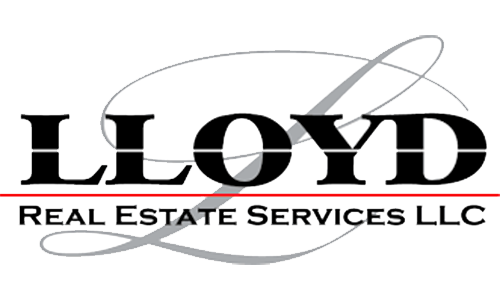Your commercial property’s appraised value is a cornerstone of your financial health, impacting everything from property taxes to loan eligibility and potential sale prices. While factors like location and market conditions play a significant role, numerous often-overlooked details can significantly decrease your appraisal.
This blog post delves into the hidden value killers, exploring factors that might surprise you and offering practical advice on how to mitigate their negative impact. We’ll move beyond the obvious, examining less-discussed aspects like the influence of environmental concerns and the subtle impact of deferred maintenance on long-term value.
Unexpected Appraisal Value Depressors
While factors like poor location or a struggling local economy are readily apparent, several less obvious factors can significantly impact your appraisal:1. Deferred Maintenance and Neglect:This is perhaps the most significant, yet often overlooked, factor.
Deferred maintenance, even seemingly minor issues, adds up. A leaky roof, cracked pavement, outdated HVAC systems, or neglected landscaping can all signal a lack of upkeep, reducing the perceived value and potentially raising concerns about hidden problems.
Appraisers look for well-maintained properties that require minimal immediate investment.
Functional Obsolescence
This refers to a property’s inability to meet modern standards or efficiently perform its intended function. Outdated technology, inefficient layouts, insufficient parking, or a lack of modern amenities can all contribute to functional obsolescence. For example, a warehouse without adequate loading docks or a retail space lacking sufficient accessibility features will be less attractive to potential buyers or tenants.
Environmental Concerns
Environmental issues, even those seemingly unrelated to the building itself, can significantly impact value. The presence of hazardous materials (asbestos, lead paint), contamination of the soil or groundwater, proximity to environmental hazards (floodplains, landfills), or even a negative environmental reputation can dramatically reduce appraisal value. Environmental audits can be crucial in mitigating these risks.
Negative Local Perceptions
Beyond the physical condition of the property, the surrounding area’s reputation and local perception matter. High crime rates, negative publicity, or a decline in the local economy can all affect the perceived value of your property. This highlights the importance of understanding the broader context of your investment.
Zoning and Regulatory Issues
Zoning regulations and potential future regulatory changes can impact a property’s usability and value. If your property’s zoning restricts its potential uses or if there’s a risk of future restrictions, it can negatively affect its appraisal. Understanding local zoning laws and future planning initiatives is crucial.
Poor Property Management
Consistent issues with tenant turnover, rent collection problems, or a lack of effective property management can indicate underlying issues that deter potential buyers or investors. A history of disputes or legal challenges further reduces the property’s perceived attractiveness.
Lack of Market Research
Failing to understand the current market conditions, comparable sales, and tenant demand can lead to unrealistic expectations about your property’s value. Thorough market research is essential for setting appropriate expectations and making informed decisions.
Inadequate Documentation
Lack of proper documentation, including building permits, maintenance records, and lease agreements, can raise concerns and reduce the appraiser’s confidence in the property’s value. Maintaining organized and comprehensive records is crucial.
Poor Curb Appeal
This often-overlooked factor plays a significant role. A neglected exterior, overgrown landscaping, or a generally unkempt appearance creates a negative first impression and can lower the perceived value. Investing in landscaping, exterior repairs, and a clean façade can make a significant difference.
Security and Safety Concerns
Poor security measures, insufficient lighting, or a history of security breaches can significantly impact the perceived value, especially for properties with high-value inventory or sensitive information.
Mitigation Strategies: Protecting Your Property’s Value
Addressing these potential value detractors proactively is essential. This involves:
- Regular Maintenance: Implement a consistent maintenance schedule to address issues promptly.
- Modernization and Upgrades: Invest in upgrades to enhance functionality and appeal.
- Environmental Assessments: Conduct thorough environmental audits to address any potential concerns.
- Community Engagement: Participate in local initiatives to improve the surrounding area’s reputation.
- Thorough Due Diligence: Conduct comprehensive market research and understand zoning regulations.
- Effective Property Management: Implement strong property management practices.
- Detailed Record Keeping: Maintain comprehensive and well-organized property records.
- Curb Appeal Enhancement: Invest in landscaping and exterior improvements.
- Security Enhancements: Invest in security measures to protect your property and its contents.
Conclusion
Protecting your commercial property’s appraised value requires a proactive and multifaceted approach. By understanding the often-overlooked factors that can negatively impact value and implementing appropriate mitigation strategies, you can protect your investment, maximize your property’s potential, and ensure its long-term financial success.
Remember, a small investment in prevention and maintenance today can save you significantly larger expenses and losses in the future. Proactive property management, combined with a keen understanding of market dynamics and potential risks, is the key to maintaining and enhancing your commercial property’s value.

